A Tale of Two Cookers: Crock Pot vs. Dutch Oven
Two stalwarts stand out in slow cooking: the crock pot and the Dutch oven. Each brings charm and functionality to the kitchen, catering to different cooking styles and culinary preferences.
The crock pot, a symbol of convenience, embodies the essence of set-it-and-forget-it simplicity. Perfect for those with hectic schedules, it allows ingredients to simmer over several hours gently, tenderizing tough cuts of meat and effortlessly blending flavors. Its electric heating element maintains a consistently low temperature, ensuring even cooking without the need for constant supervision.
On the other hand, the Dutch oven is a testament to tradition and versatility. Crafted from robust materials like cast iron or enamel-coated cast iron, it excels in stovetop searing and oven braising. Its heavy lid seals in moisture and flavors, producing rich, deep dishes from soups to roasts. With its seamless transition from stove to oven, the Dutch oven offers precise temperature control and robust cooking capabilities that resonate with enthusiasts seeking hands-on cooking experiences.
In this comparison, I explore the strengths of each kitchen essential, examining when to reach for the dependable crock pot and when the venerable Dutch oven might better suit your culinary ambitions.
Advantages of a Slow Cooker and Dutch Oven
| Feature | Slow Cooker | Dutch Oven |
|---|---|---|
| Ease of Use | Set-it-and-forget-it functionality; great for busy days | Requires more active monitoring, especially on the stovetop |
| Energy Efficiency | Uses very little electricity; efficient for long cooking | Uses stovetop or oven heat, which can be more energy-intensive |
| Flavor Development | Long, gentle cooking helps blend flavors well | Excellent browning and caramelization; enhances depth of flavor |
| Versatility | Best for soups, stews, chili, and braises | Can go from stovetop to oven; ideal for baking bread, searing, stewing, frying |
| Portability | Easy to transport and plug in elsewhere (e.g., potlucks) | Heavy and not designed for mobility |
| Heat Retention | Consistent low heat, but slow to respond to changes | Superior heat retention and responsiveness to heat adjustments |
| Cleanup | Usually has a non-stick insert that’s easy to clean | Enamel coating makes cleaning easier than raw cast iron, but still heavier |
| Cooking Time | Designed for extended cook times (6–10 hours) | Faster than slow cookers for many dishes (2–4 hours) |
| Searing/Browning Ability | Cannot sear or brown effectively | Excellent at searing and browning meats before slow cooking |
| Durability | Electric components may wear over time | Incredibly durable; can last generations |
Crock Pot (Slow Cooker) vs. a Dutch Oven
Using a crock pot or a Dutch oven often depends on your cooking style, the specific recipe, and the schedule. Here’s when each might be preferred:
| When to Use | Crock Pot (Slow Cooker) | Dutch Oven |
|---|---|---|
| Convenience is Key | Ideal for hands-off cooking on busy days or prepping meals in advance | Requires more active cooking and attention |
| Slow Cooking is Ideal | Perfect for tenderizing tough cuts and blending flavors over many hours | Great for slow cooking, but can also speed up with stovetop-to-oven methods |
| Energy Efficiency | Uses less energy than conventional ovens, cost-effective for long durations | Requires oven or stove, which can consume more energy |
| Cooking for a Crowd | Excellent for preparing large batches with minimal effort | Can cook large meals but may need more active steps |
| Versatility in Methods | Limited to slow, moist-heat cooking | Offers stovetop searing, oven braising, roasting, frying, and baking |
| Even Heat Distribution | Provides gentle, consistent heat but less responsive | Distributes and retains heat evenly—ideal for precise temperature control |
| Intensified Flavors | Good for slow flavor development, but lacks browning capability | Excellent at locking in moisture and enhancing flavor complexity |
| Baking/Bread Making | Not suitable for baking or dry heat cooking | Excels at baking crusty artisan bread and covered oven dishes |
Cooking Times
The cooking times can vary between a crock pot (slow cooker) and a Dutch oven due to their different cooking methods and temperature controls:
| Dish Type | Crock Pot – Low (190–200°F / 87–93°C) | Crock Pot – High (280–300°F / 140–150°C) | Dutch Oven (300–350°F / 150–175°C) |
|---|---|---|---|
| Beef Stew | 8–10 hours | 4–6 hours | 2.5–3 hours (braised in oven or stovetop) |
| Pulled Pork | 8–10 hours | 4–6 hours | 3–4 hours (covered at 300°F/149°C) |
| Whole Chicken | 6–8 hours | 3–4 hours | 1.5–2 hours (roasted at 375°F/190°C uncovered or covered) |
| Chili | 6–8 hours | 3–4 hours | 1.5–2 hours (simmered on stovetop or low oven) |
| Braised Short Ribs | 8–9 hours | 4–5 hours | 2.5–3 hours (braised at 325°F/163°C) |
| Soups | 6–8 hours | 3–4 hours | 1–1.5 hours (simmered gently on stovetop) |
| Pot Roast | 8–10 hours | 4–6 hours | 3–3.5 hours (covered at 325°F/163°C) |
| Baked Beans | 6–8 hours | 3–4 hours | 1.5–2 hours (simmered on stovetop or baked covered) |
| Casseroles | 4–6 hours | 2–3 hours | 45–60 minutes (baked uncovered at 350°F/177°C) |
| Artisan Bread | Not suitable | Not suitable | 30–45 minutes (baked covered at 450°F/232°C) |
Notes:
Crock Pot Low Setting: Best for all-day cooking when you’re away; gentle and forgiving.
Crock Pot High Setting: Cuts time in half but may result in slightly less tender meat if overdone.
Dutch Oven: Ideal for recipes needing initial browning or more active heat control. Versatile for stovetop-to-oven use, and excellent for flavor concentration and crisp textures.
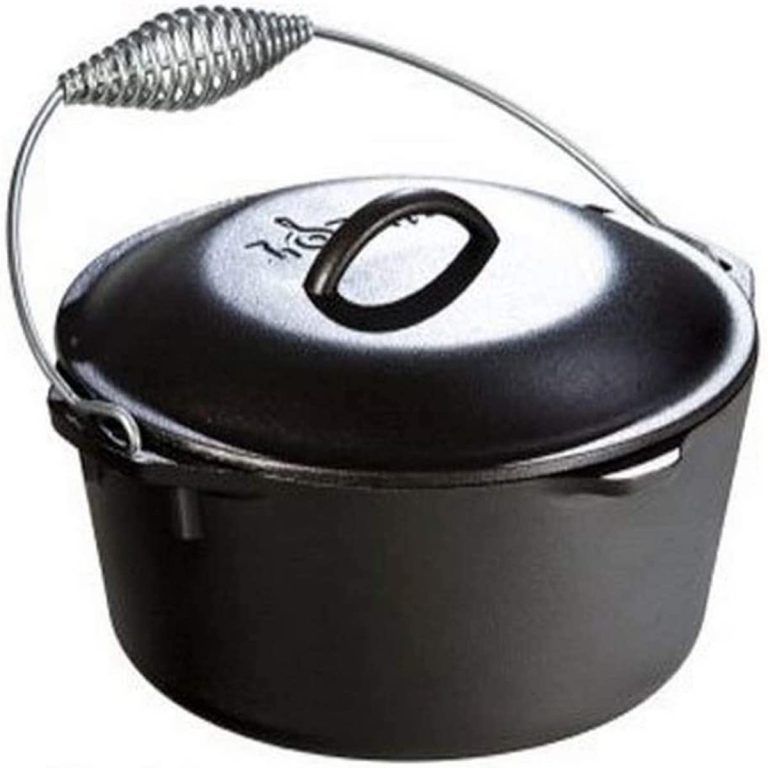

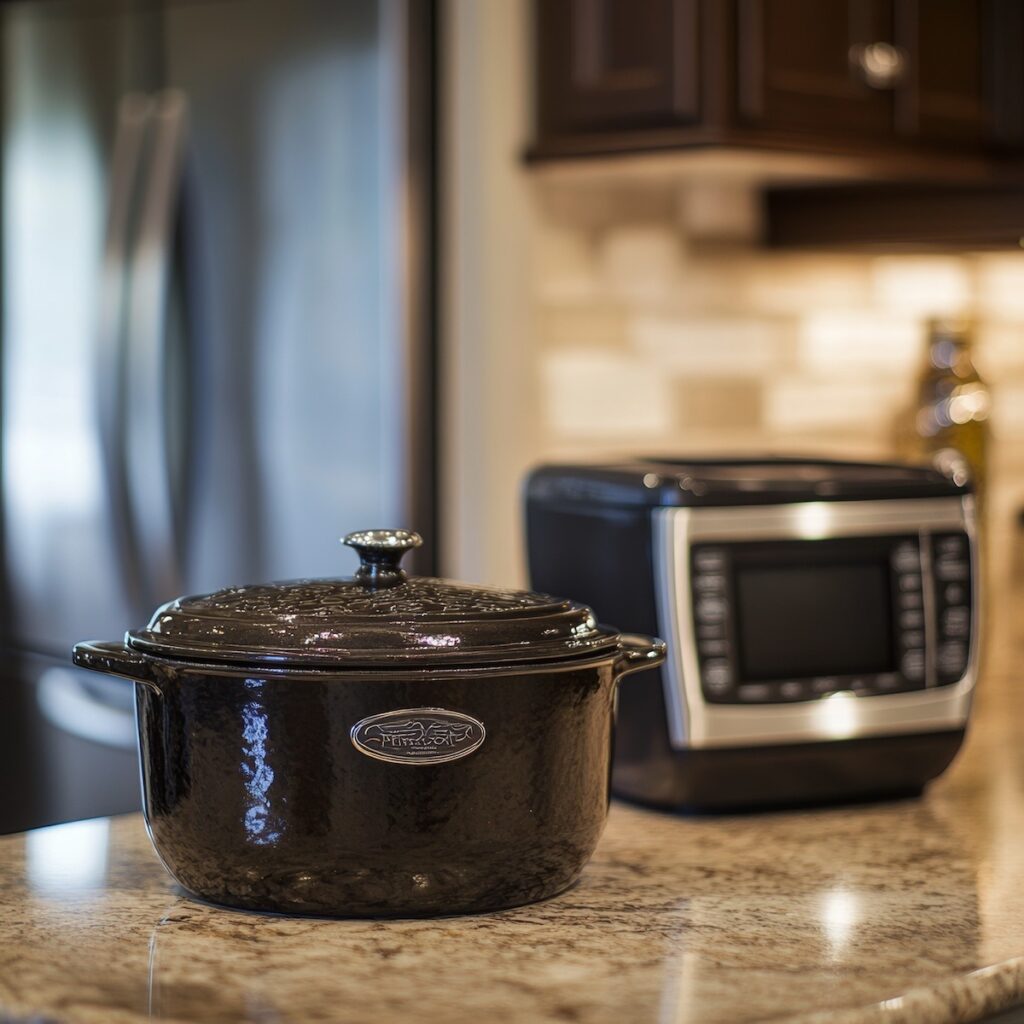
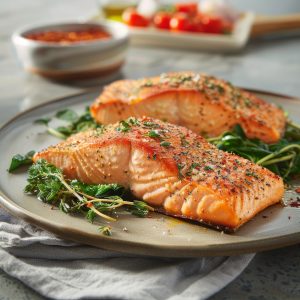
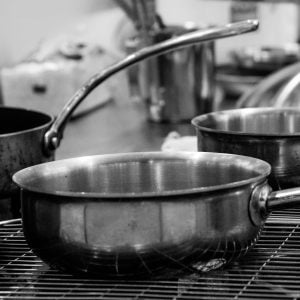
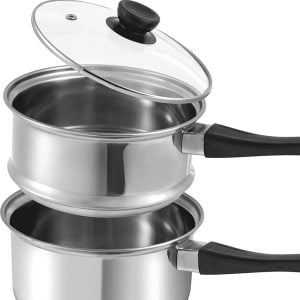
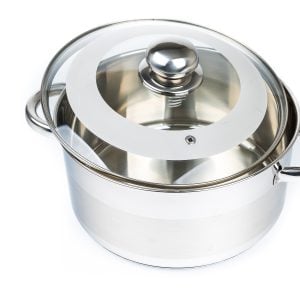
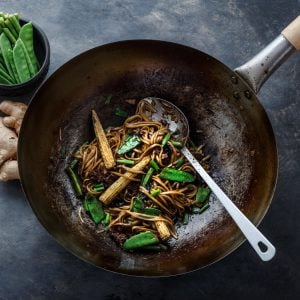
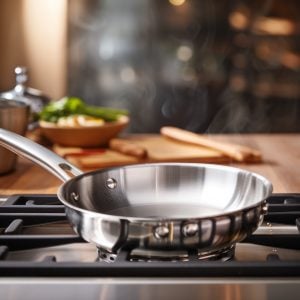
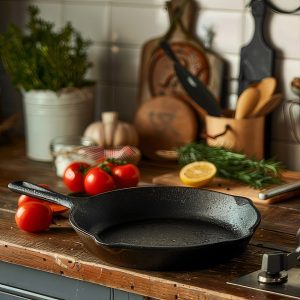
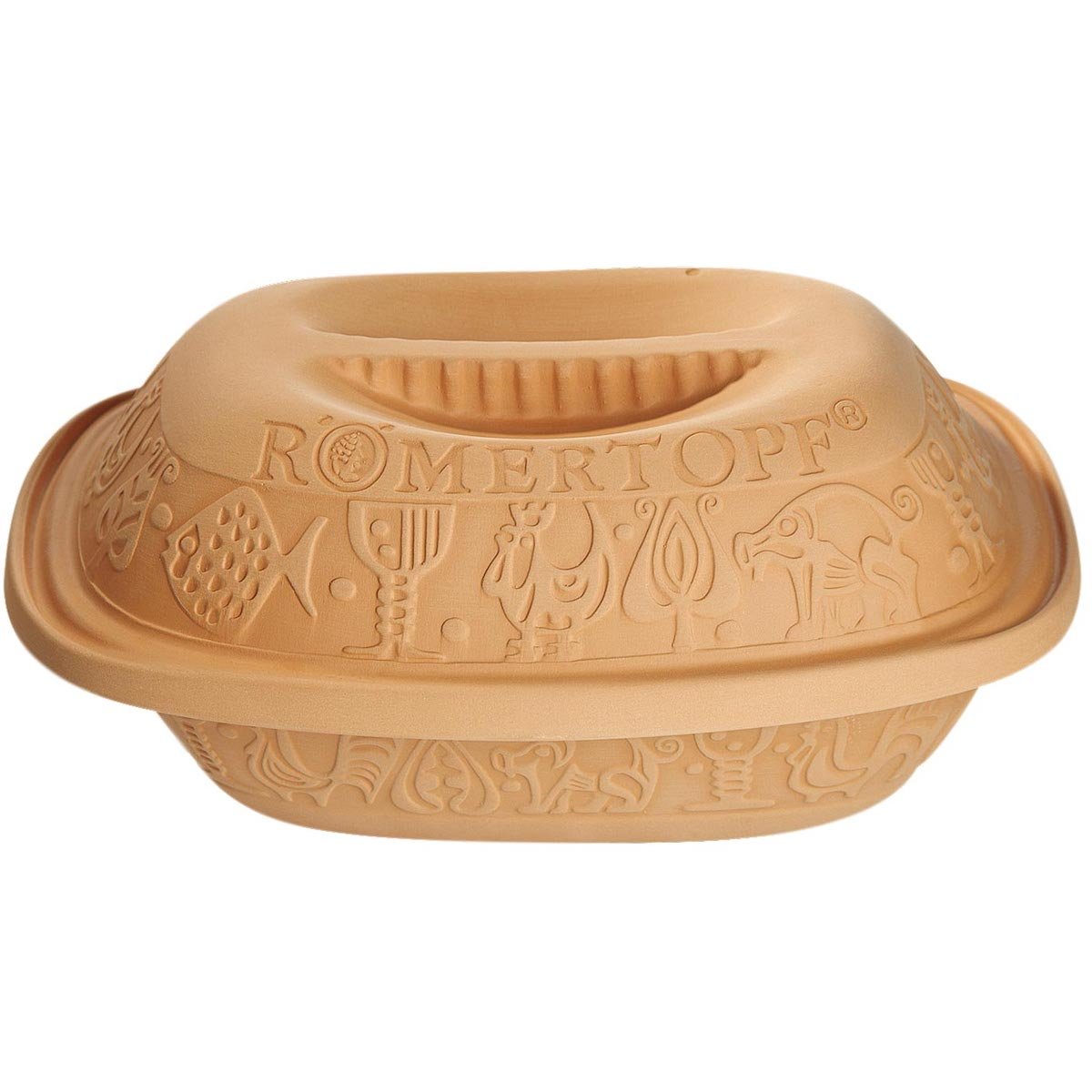


9 Responses
Good question…..good answer.
I just wanted to say that I find you site and your blog very helpful. This entry came up just a day or two before I ran into this exact problem.
I’m using a big kitchen pot for a substitution for a crock pot to cook pinto beans you have to soak for like 10 hours and then it requires another 10 hours of low heat in crock pot, but I’m just using normal kitchen pot and cover so I guess I’ll find out what happens and post it.
Thank you! Trying to cook ahead for the week and had 2 crockpot recipes and only 1 crockpot big enough for the recipes! This is a big help.
I’m wondering if you could use a dutch oven on the stovetop and use a low setting with a flame tamer (also known as a flame diffuser). Any ideas anyone?
I actually prefer using a cast iron dutch oven to a crock pot and 225*F works wonderful for everything, and yes, 2-4 hrs takes care of just about anything you can think of to put in there.
BHW, this may be a little late, but yes, the dutch oven can be used on the stove top with a flame tamer.
I looked at several sites to answer this question, not pleased with the answers. When I arrived at this site I thought your answer was spot on. Since we agree we must both be brilliant!
Your website and information is still useful!!! You had a spot on explanation and answer for my question about using a Dutch oven and crockpot interchangeably. Could not find as useful and to the point answer anywhere else. Thank you!
Patrice, you are welcome, and thanks for reaching out to me.